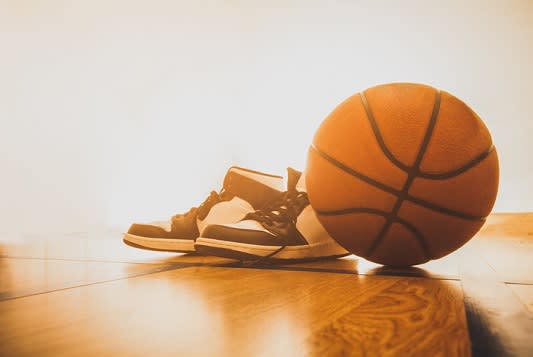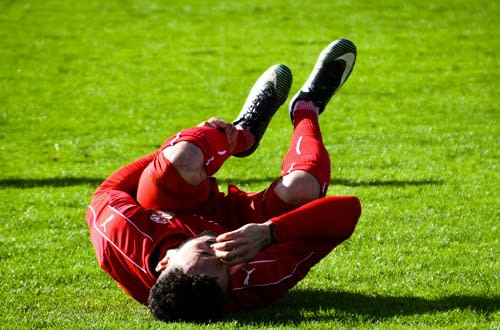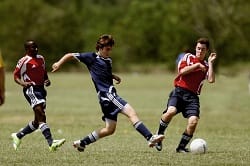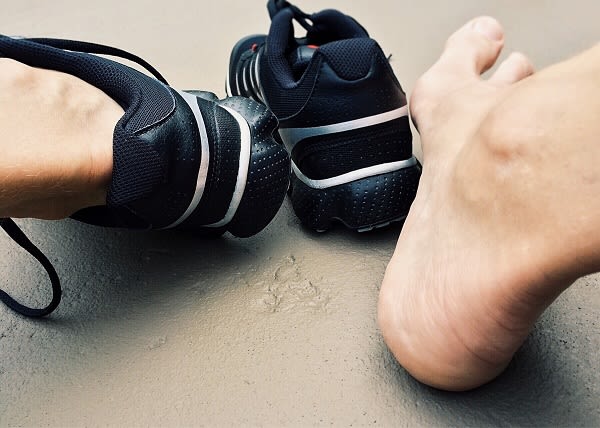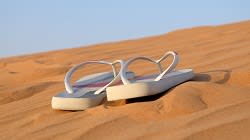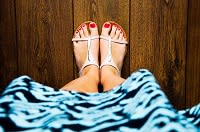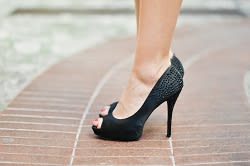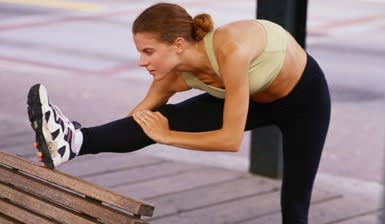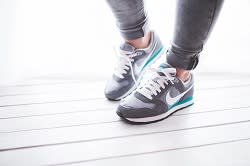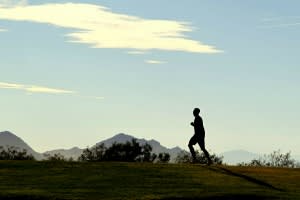Buying an Athletic Shoe
Published: May 24, 2016l
The most important factor in choosing a running shoe is to have proper protection against injuries. The majority of injuries come from the weekly training. Therefore, a shoe must be built for safety. The higher intensity of your workout, the higher the chance for overuse or injury.
The largest group of injuries related to improper foot strike and biomechanical imbalance involves the knee, followed by the ankle, then the forefoot, rearfoot, Achilles tendon, shin, hip, and lower back. A large percentage of injuries are due to structural (bone) weakness that we are born with as well BS postural weakness that we develop through conditioning.
One of the most important factors to look for when buying a shoe is your own experience with your old running shoe. Look to see if your shoes are worn down on the inside heel or outside heel. Evaluate the heaviest wear patterns either in the forefoot or rearfoot. However, to study these factors, you must have some understanding of biomechanical function during the running gait.
We have evaluated that up to 75 of the athletic population over pronates (rolls in towards the midline of the body) by some amount and requires rearfoot, or heel control, from the athletic shoe. Rearfoot control is meant to stabilize the heel inside the shoe during heel contact and during push off of the toes to control the biomechanical foot faults of excessive pronation and/or supination(rolling out from the midline of the body).
Rearfoot impact refers to the tremendous impact of the heel as it contacts the ground during the normal gait cycle. The athletic shoe that gives adequate impact protection and cushioning to absorb the heel shock during heel contact should be able to flex without resistance from the back of the shoe to the front. A shoe that has good flexibility is a shoe that offers as little resistance to the normal mechanism of the foot as possible.
Forefoot position and impact is also a very important factor in the selection of an athletic shoe, not only for protection and cushioning but also to stabilize and secure the forward recovery system. Our experience has shown us that forefoot impact may actually be greater than rearfoot impact. Therefore, it is extremely important to look for a shoe that has forefoot impact equal or greater than rear foot impact.
Choosing a pair of running shoes in today's market can be mind-boggling, but it is important so find the shoe that best fits all your needs.
Featured Expert/ Author



